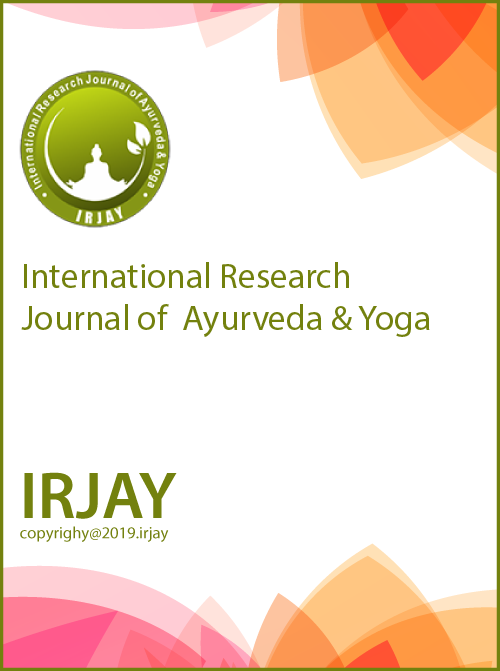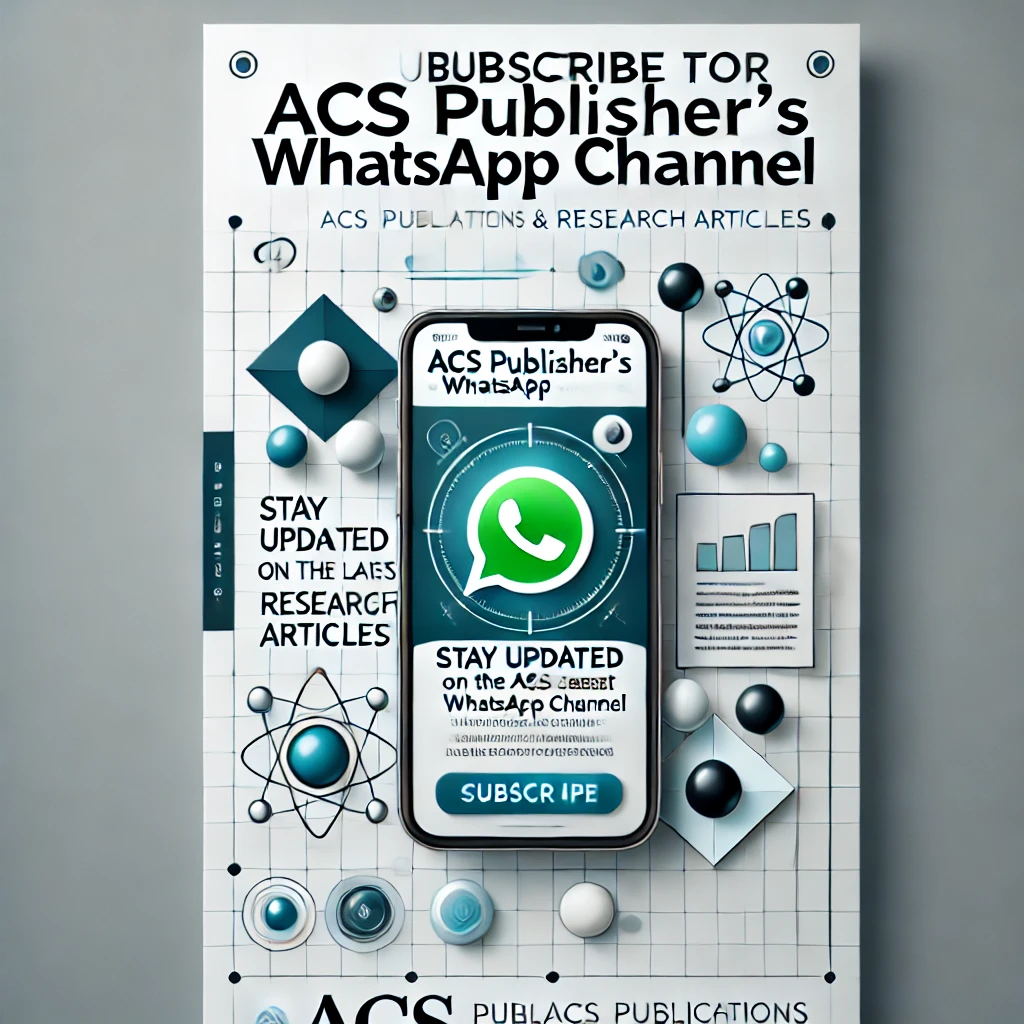ROLE OF AYURVEDA IN NAVJATA SHISHU PARICHARYA W.S.R. TO CARE OF NEWBORN – A REVIEW STUDY
DOI:
https://doi.org/10.48165/IRJAY.2025.80209Keywords:
Birth rite, Care of newborn, Naalchedana, Pranapratyagamana, ResuscitationAbstract
Kaumarbhritya, one of the eight branches of Ayurveda, is known as the science related with care of the children. This care of the new born right from just after birth till the first feeding has been described by three major treatise of Ayurveda, the Brihattrayi. The steps included in Navjata shishu Paricharya included are Pranapratyagamana (neonatal resuscitation), Ulva parimarjanama (cleaning of vernix caseosa), Naalchedana (cutting of umbilical word), Snana (neonatal bath), Mukh vishodhana (cleaning of oral cavity), Garbhodaka vamana (stomach wash), Jatakarma (Birth rite), and Raksha Karma (protection of baby). The main objective of neonatal resuscitation is to restore adequate breathing and cardiac output in asphyxiated newborns at birth, to prevent early neonatal morbidity and mortality. The newborn care procedures described in our ancient texts demonstrate their insight in terms of resuscitation, preventing hypothermia, preventing aspiration and infections, and initiating early breastfeeding. In contemporary science, newborn care is referenced in point by point with the utilization of convention based management.

